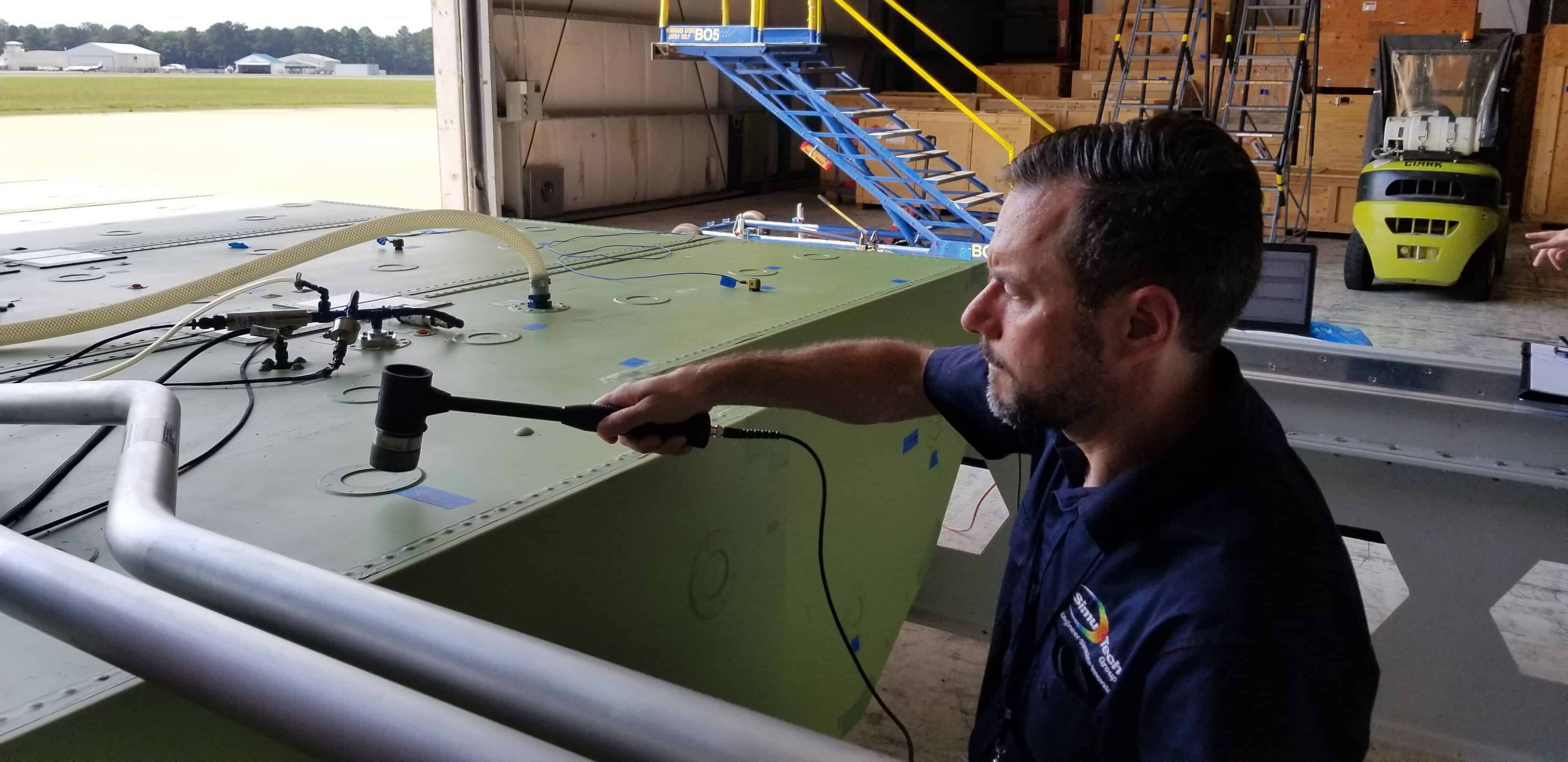Vibration and its destructive potential are at the forefront of any mechanical engineer’s mind during the design and testing process as the world around us becomes more automated with more and more powerful machines.
Everyone is aware of what vibration is, as your pocket-sized gadget undoubtedly constantly reminds you throughout the day.
However, this is the precise definition: An oscillating motion around an equilibrium point is referred to as vibration. A abrupt change in acceleration known as a mechanical shock typically activates a structure’s resonance.
In essence, a shock event is a form of non-periodic vibration; most of the test setup and analysis between shock testing are similar to vibration testing. Additionally, the propensity of shock occurrences to cause a vibratory reaction – therefore, it is important to talk about the shock and vibration testing jointly because of the construction.
Because mechanical shocks and vibrations are now so common in our daily lives, detecting them and understanding how they affect your system is a crucial component of mechanical design.
“The art and science of measuring and interpreting a structure’s response to a dynamic environment” is how shock and vibration measurement is defined. The effectiveness of shock and vibration testing depends on your ability to interpret the data for your application; it goes beyond simple data collecting. Additionally, collecting and accurately analyzing your shock and vibration data requires some creative talent.

Prior to discussing sensor selection for shock and vibration testing, it is important to address the following questions:
The frequency band will operate the equipment. Too many engineers, in my experience, use the incorrect sensor or even the incorrect DAQ (data acquisition) system for their application, which might produce inaccurate results.
Naturally, you must choose a sensor whose measurement range encompasses the amplitudes that are important to you or your client, but this decision also has a significant impact on your DAQ choice.
A very low noise and high sensitivity accelerometer as well as a very low noise and ultra-high resolution DAQ system are needed for very small vibrations and accelerations, such as those seen in seismic applications. It’s crucial to consider the type of acceleration levels the DAQ hardware will experience at larger amplitudes. The resolution will also be crucial when measuring a larger area.
If your client has a test standard that the system must pass in order to be qualified, you should err on the side of higher-quality systems.
You won’t be able to qualify your system to fulfill a standard like MIL-STD-810 (vibration is section 514.6 and shock is section 516.6), for instance, using low Shock & Vibration Measurement 7 of 70 quality equipment.
On the other hand, lower grade devices might be sufficient if you only need a general idea of the shock and vibration levels in your surroundings to get the design process started or if you’re attempting to pique your curiosity. There are alternative uses for vibration that don’t necessarily require exact vibration measurements, such health monitoring. Instead, relative vibration levels and how they alter over time are crucial.
Will this take place in a lab or out in the open? More complex test equipment may be employed if testing is restricted to the lab only. However, if testing is done in the field, usability will be a factor in your hardware decision. Environmental factors including temperature range, humidity, electromagnetic noise, and even corrosive or radioactive environments will have a significant impact on the choice of sensors.
Too frequently, engineers discover they require testing after a problem has already arisen. Because equipment lead times might range from 6 to 8 weeks, they are now of utmost importance. The engineer frequently won’t have that time to wait.
This might influence the program you choose. You may wish to choose simpler and less expensive software programs if you just have a short amount of time to complete the analysis in order to get a quick overview of the data. A more complex software program, on the other hand, can be necessary if your development effort places a strong emphasis on analysis and you have the time to support it. In the same line, it might be beneficial to create your own analysis scripts tailored to your analysis requirements using a programming language like ANSYS (APDL), MATLAB, or Python.



Preventive Maintenance (PM) can help detect the presence of torsional vibrations by identifying fretting patterns, crack initiation points, and coupling flexible element deformation.

Simulation: Vibration Analysis Example using the Steinberg Formulation in Workbench Mechanical

Measuring the natural frequencies and mode shapes of rotating turbine blade (bucket) rows.
Determine the natural frequencies and mode shapes of a rotor train as it twists about the axis of rotation.
Identify the root cause of noise and vibration problems in aerospace or industrial machinery via ODS, spectral, order tracking or joint time frequency analysis.